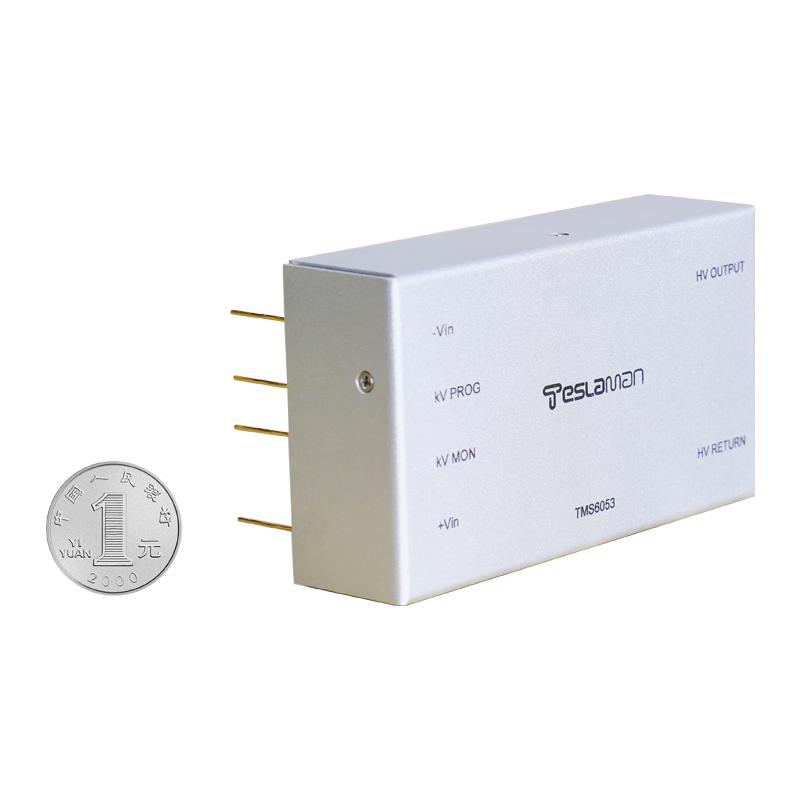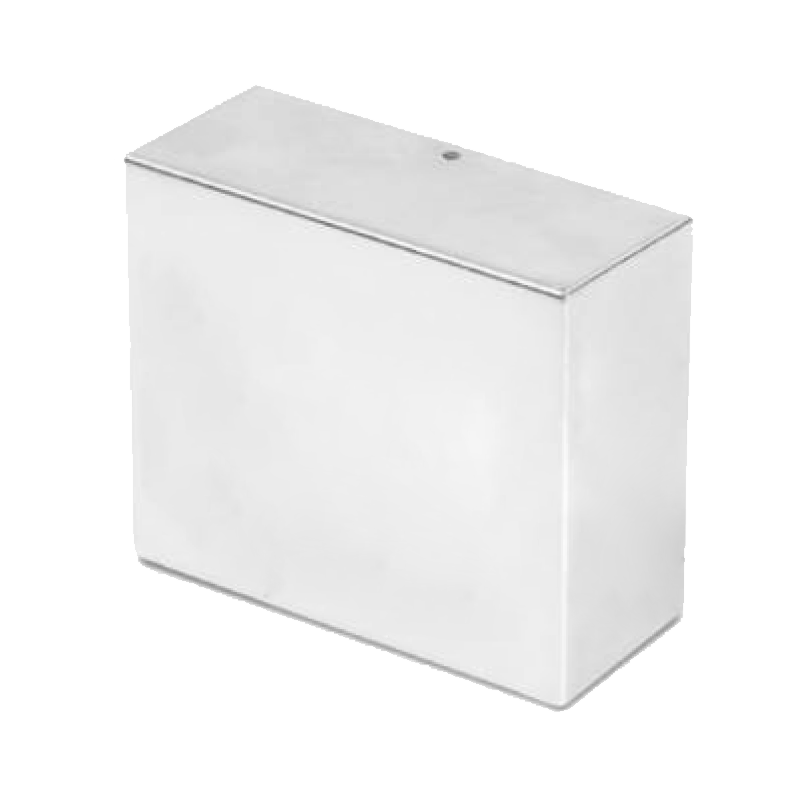Optimization Strategy Between Cleaning Effect and Energy Consumption in Electrostatic Dust Removal Power Supplies
High-voltage power supplies for electrostatic precipitators (ESPs) are essential in industrial air purification systems. Their performance determines not only the dust collection efficiency but also the total energy consumption. Traditional ESP power systems operate in constant voltage or current mode, often resulting in excessive power consumption under varying environmental and dust-loading conditions. Achieving an optimal balance between cleaning performance and energy efficiency requires intelligent waveform control and adaptive regulation.
Pulse high-voltage technology provides a significant advantage over conventional DC supplies. By delivering short, high-intensity discharge pulses, it enhances particle charging while reducing average power consumption. The pulse width, repetition frequency, and amplitude can be dynamically adjusted based on real-time dust concentration and humidity conditions.
An intelligent feedback control loop can further optimize performance. By monitoring parameters such as spark rate, collection electrode current, and voltage stability, the control system can adjust output to maintain the electric field near the corona onset level—where particle charging efficiency is highest relative to power input.
To achieve long-term energy optimization, multi-stage power supplies can be used, enabling certain modules to enter standby mode during low-load operation. This modular power management reduces idle losses and extends equipment life. Furthermore, implementing predictive control algorithms allows the system to anticipate environmental variations and proactively adjust energy delivery, avoiding reactive overcompensation that increases consumption.
On the hardware level, adopting high-efficiency resonant converter architectures and wide-bandgap semiconductor devices such as SiC or GaN can significantly reduce switching losses and improve response time. Combining these with active PFC circuits ensures optimal grid-side power utilization.
Overall, by integrating intelligent sensing, adaptive waveform control, and modular operation, ESP power supplies can maintain high dust collection efficiency while minimizing total energy consumption—achieving both environmental and operational benefits.




















